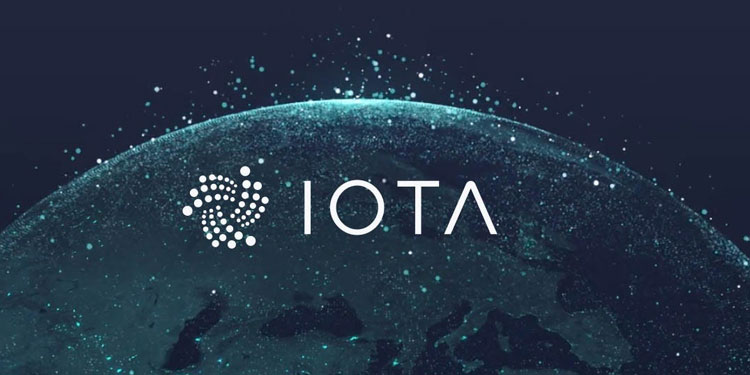
As per the tweet by the venture participants, the software was delivered in June, but was originally categorized as secretive.
Precisely, being a software tool categorized under e-mobility as a Service (eMaaS), it will facilitates travelers to access proximate transportation services, and also enables reserving, rating and settling for a trip.
As per the document related to the venture, the EU/EEA fosters compatible Intelligent Transport Systems (ITS) and published the EU Directive 2010/40/EU to expedite the establishment of multichannel travel data facilities.
The partakers in the venture have therefore examined the regulations and organizational framework of transport organizations in Ireland and Norway, where the venture has established “lighthouse cities” in Trondheim and Limerick. On this basis, the eMaaS system has been developed to demonstrate the concept.
A #WeMoveSmart story from @plusCities
Our partners from @FourC_AS @iotatoken @Powel_AS @SmartMpower ATB and RAC Norway have been working on Seamless eMobility system including user interface
➡️https://t.co/oGbSxhbTS1 pic.twitter.com/1JMmlXABRV
— +CityxChange (@plusCities) September 17, 2020
The system consists of backend software called FourC Total Traffic Control (FourC TTC) and, as per the media report, functions as stated below:
“FourC TTC retrieves, stores, and provides transport data. It collects data from various data providers and makes it available in a normalized and standardized format. The TTC API delivers data as GeoJSON objects (RFC 7946), which allows developers to easily take the data output as a standardized object format and display it on a map. It is based on GraphQL, which allows for dynamic queries and reduces broadband requirements.”
Furthermore, an Android app for end users was created as real-world proof of technology.
With respect to the payment tool, “the IOTA contribution […] concentrated on the integration of the IOTA token as a digital payment instrument into the developed infrastructure.”
The objective of the PoC (proof of concept) was to facilitate users to reserve and settle directly for third-party eMaaS services, “or, if forwarded to third-party booking platforms, to pay with the IOTA token.”
“Based on the agreed description of work, IOTA contribution for task 2.4 was focused on the integration into the developed infrastructure of the IOTA token, as a digital asset paymentsystem. This would allow customers using the eMaaS app to be able to directly book and pay third party eMaaS solutions, or if being redirected to third party booking platforms, to be able to pay with IOTA’s native digital asset, the IOTA token.”
In the multichannel transport environment, the IOTA tangle provides not only payment mode but also a “trustworthy, unchangeable, cross-stakeholder audit trail” that records several pertinent transport data.
It is particularly crucial when demands related to delays are submitted across several providers. To achieve this objective, IOTA and 4C have built a tool that can be incorporated in the eMaaS application.
The “proof of location”, as it is referred to, should be component of the settlement and payment disbursement platform, but was earlier built distinctly. The use case indicates the manner in which IOTA can be utilized to obscurely record unalterable locations of the tour.
To achieve the objective, the IOTA Foundation has built a location recording API that permits users of the eMaaS app to document unalterable and anonymously tied hash values of the whereabouts immutably in the IOTA Ledger.
“Should there be a refund request from the customer in the future, the customer can retrieve the location of his device at a specific time […] and is therefore entitled to a refund. The authority processing the application can compare the location information provided by the applicants from their mobile phone application with the stored and time stamped information in the IOTA Ledger to detect fraud.”